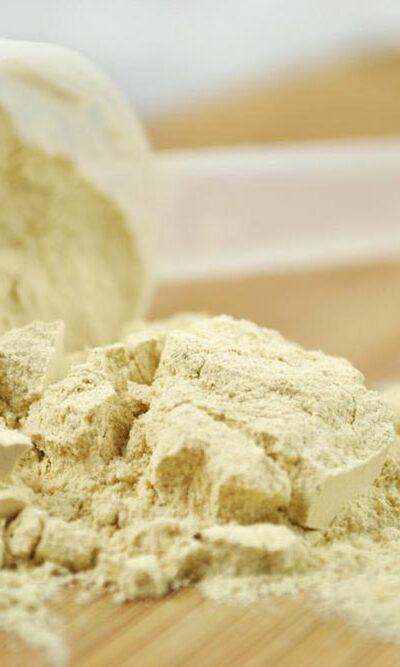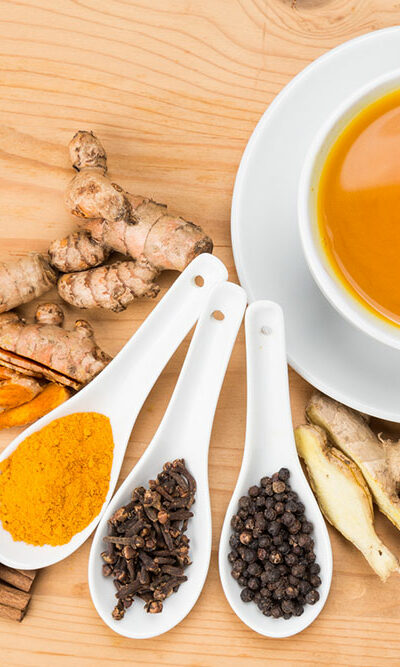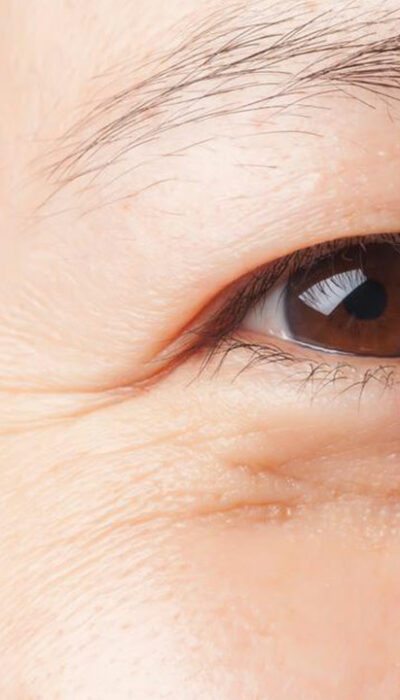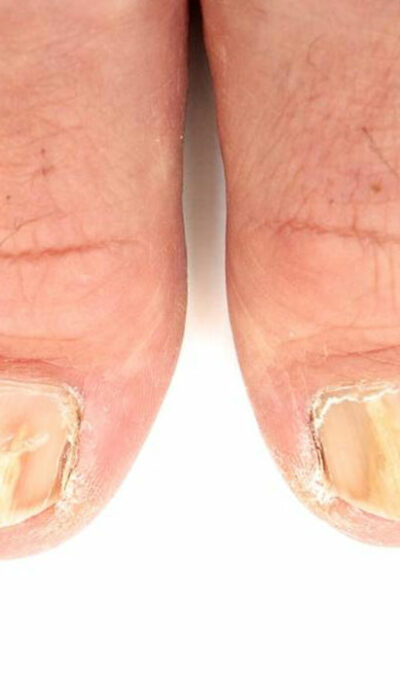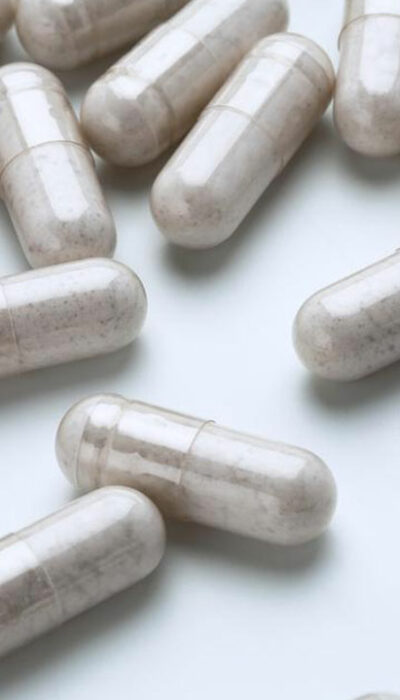
How to Raise Your HDL Cholesterol Levels
Not all cholesterol is bad for your health. HDL (High-density lipoprotein) is also known as “good” cholesterol, and this type of cholesterol is actually better for your health. High HDL cholesterol levels in your body will help to carry cholesterol from the arteries to the liver, which in turn, helps in excreting it from the body. Also, if your HDL cholesterol level is high, you face a lower risk of heart disease. Moreover, high levels of high-density lipoprotein have anti-inflammatory and antioxidant effects, which are great for your health. To check your cholesterol levels, you need to go for a blood test. Most healthcare professionals recommend having a minimum blood cholesterol levels of 50 mg/dl in women, and for men, the minimum level is 40 mg/dl. If the HDL level is lower than this, your LDL level might build up, increasing the risk of heart diseases. If you have high LDL cholesterol levels, then treatment is necessary to lower the risk of a stroke or heart attack. Thus, to lead a fit and healthy life, maintaining the right levels of HDL is vital. If you are wondering how to treat high LDL cholesterol levels or how to raise HDL cholesterol levels, then you can go through these effective and healthy tips. Follow a ketogenic or low-carb diet A ketogenic and low-carb diet provides several health benefits such as reduced sugar levels in the blood and weight loss. If you are looking for ways to raise the levels of good cholesterol, you need to maintain a healthy weight. Losing a few extra pounds can go a long way in increasing your HDL cholesterol levels. You need to control your eating habits too. Along with having low-carb foods, try to include polyunsaturated and monounsaturated fats in your diet. These fats are mostly available in tuna or salmon fish, nuts, and plants.
